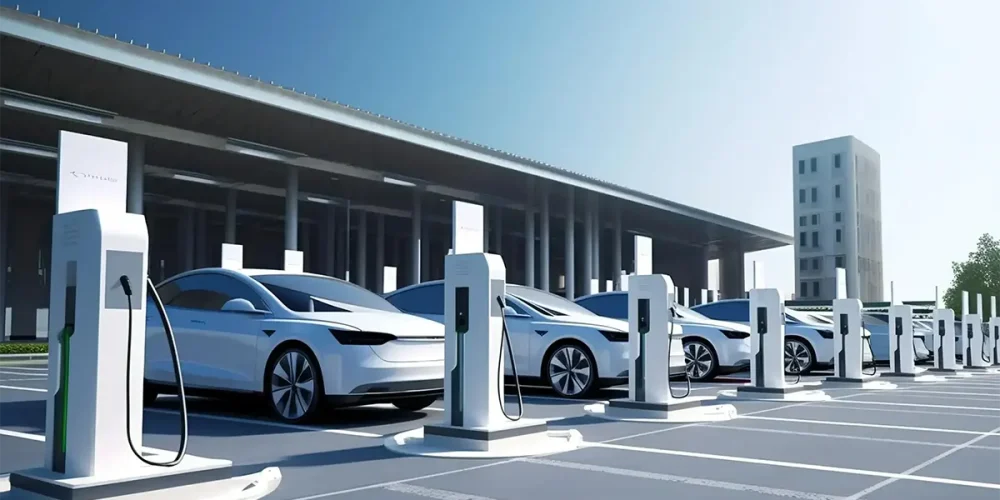
How EV Load Management and Dynamic Load Balancing Prevent Overloads and Maximize Charging Efficiency
Getting a Level 2 charger installed at home is a smart move. But what happens when you need a second one? Or a third? Suddenly, it’s not so simple. Without a plan, you’re looking at a future of tripping breakers and general electrical chaos. Honestly, it’s a headache you do not need.
This is precisely where an EV Charger Load Management System (LMS) comes in. It’s arguably the most critical, yet least-discussed, part of scaling up EV charging. It’s the brain that prevents overloads and saves you from those massive, costly electrical upgrades.
It’s essential, and this guide explains exactly why…
1. The Problem with Multiple EV Chargers

A Level 2 EV charger is a major electrical appliance. We’re talking 32, 48, or sometimes even 80 amps, similar to an electric range or a central air conditioning unit. That’s a lot of power.
Now, one of these is usually fine. Your home’s electrical panel (or a building’s subpanel) was likely designed to handle one or two big loads running at the same time.
But what happens when you add a second EV? Or, in a condo building, a twentieth?
This is the stacking problem. You are simply running out of electrical capacity. The math just does not work.
The result is not a minor inconvenience. It’s a hard stop. The main breaker for the building trips, and everything shuts off. This constant nuisance tripping makes EV charging unreliable and, honestly, infuriating for residents or employees.
So, what’s the traditional fix?
An electrician would, quite correctly, tell you that your only option is a massive, costly service upgrade. We’re talking new, thicker copper cables run from the street, brand new electrical panels, and sometimes even a new utility transformer. To save some cost, you may also install home ev charger without upgrate your service panel.
We’d argue this is impractical and, for most properties, financially prohibitive. It can run into tens or even hundreds of thousands of dollars. This is the exact problem a Load Management System is designed to solve.
2. What is an EV Charger Load Management System (LMS)?
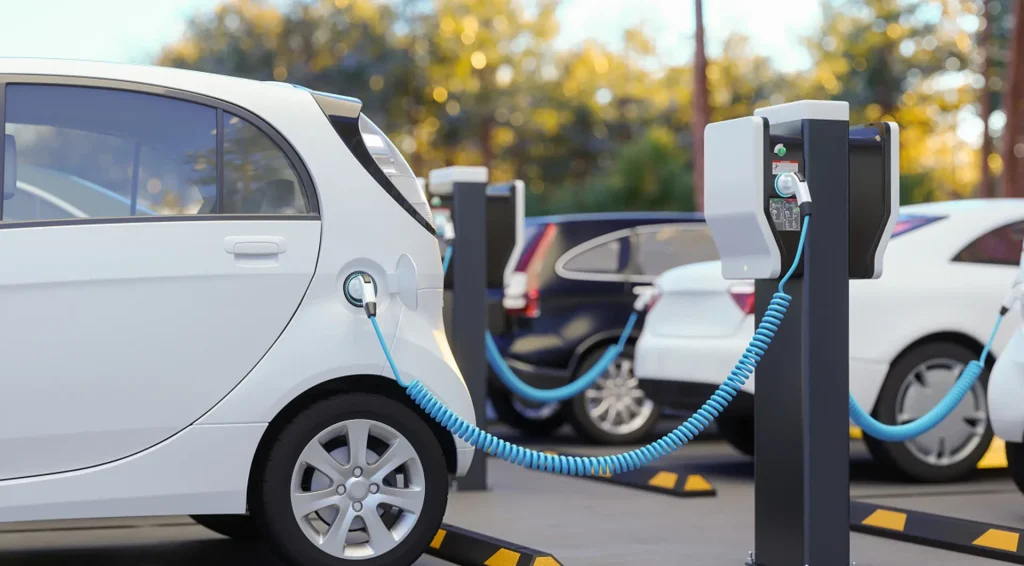
So, what is this solution? In laymen’s terms, an EV charger Load Management System (LMS) is the brain or traffic cop for your charging stations.
Its primary job is simple in principle. It constantly monitors the total power being used and ensures the chargers, as a group, never pull more power than is safely available.
How does it do that?
Well, when the system detects a potential overload, it automatically and (this is important) temporarily throttles or reduces the charging speed of the EVs. It might slow one car down, or all of them slightly. The cars still charge, but the building’s electrical integrity is never compromised.
But the way it decides when to throttle is the key distinction. This is what separates a basic, dumb system from a smart one.
And that brings us to the two main types of load management: static and dynamic.
3. Static vs. Dynamic Load Balancing (DLB)
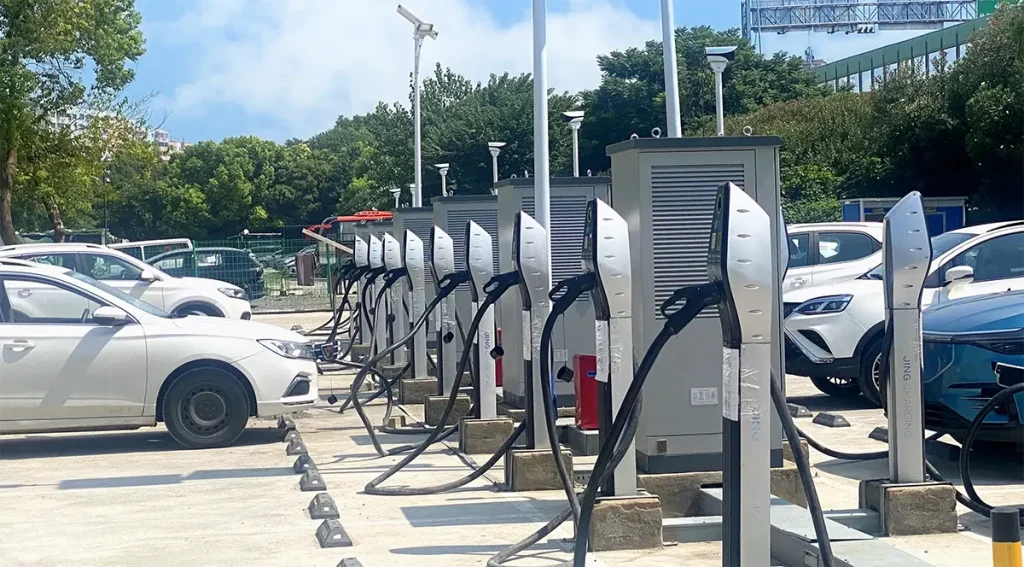
This next part is the most critical piece of this entire guide. People often mix these terms up, so let’s be precise. LMS is the system (the traffic cop); load balancing is the method (the set of rules the cop follows).
3.1 Static Load Management: The Simple (But Inefficient) Method
How this works is straightforward. A fixed, static power cap is pre-set for a group of chargers. This is often done right at the panel or programmed into the chargers themselves.
Let’s use an example. Say you have a 40-amp circuit that you want to share between four charging stations. A static system simply caps the total output of that group at 40 amps.
● Scenario 1: One car plugs in. Great. It gets the full 40 amps (or whatever its onboard charger can take).
● Scenario 2: Four cars plug in. The system divides the power, so each car only gets 10 amps. It’s slow, but it’s safe.
Here’s the downside, and it’s a big one. This 40-amp limit is active 24/7. It does not care what else is happening in the building. Even if it’s 3 AM and the rest of the building is using practically zero power, the chargers are still capped at that 40-amp limit.
It’s safe, yes, but you’re leaving a ton of available power on the table. This results in, honestly, unnecessarily slow charging for your drivers.
3.2 Dynamic Load Balancing (DLB): The Smart Solution

This is the real game-changer. Dynamic Load Balancing (DLB) is an active and intelligent system.
It works by adding a crucial piece of hardware: a sensor, typically a Current Transformer (or CT clamp), that gets installed right at your main electrical panel. This sensor changes everything.
Here’s the process:
- The DLB system monitors the entire building’s real-time power consumption. The AC, the lights, the elevators, the computers, everything.
- It then constantly calculates this simple equation: (Total Panel Capacity) – (Real-Time Building Load) = (Available Power for EVs).
Let’s see this in action.
● Scenario 1 (Daytime Peak): It’s 2 PM. The office ACs are blasting and all computers are running. Building load is high. The DLB sees this and reduces the power to the EV chargers, keeping the total load safely under the main breaker’s limit.
● Scenario 2 (Nighttime Off-Peak): It’s 11 PM. The building is quiet. Building load is very low. The DLB sees all this spare capacity and unleashes full power to the EV chargers, allowing them to charge at their maximum rate.
And that’s the core benefit. DLB ensures you are always using 100% of your available power without ever risking an overload.
Hence, it delivers the fastest, safest charge possible using your existing electrical service. It’s efficient. It’s smart. And it’s what most people actually need.
4. Who Needs Load Management? (The Key Use Cases)
Load management is not for everyone, but for some, it’s completely non-negotiable.
4.1 Residential (Single-Family Homes)
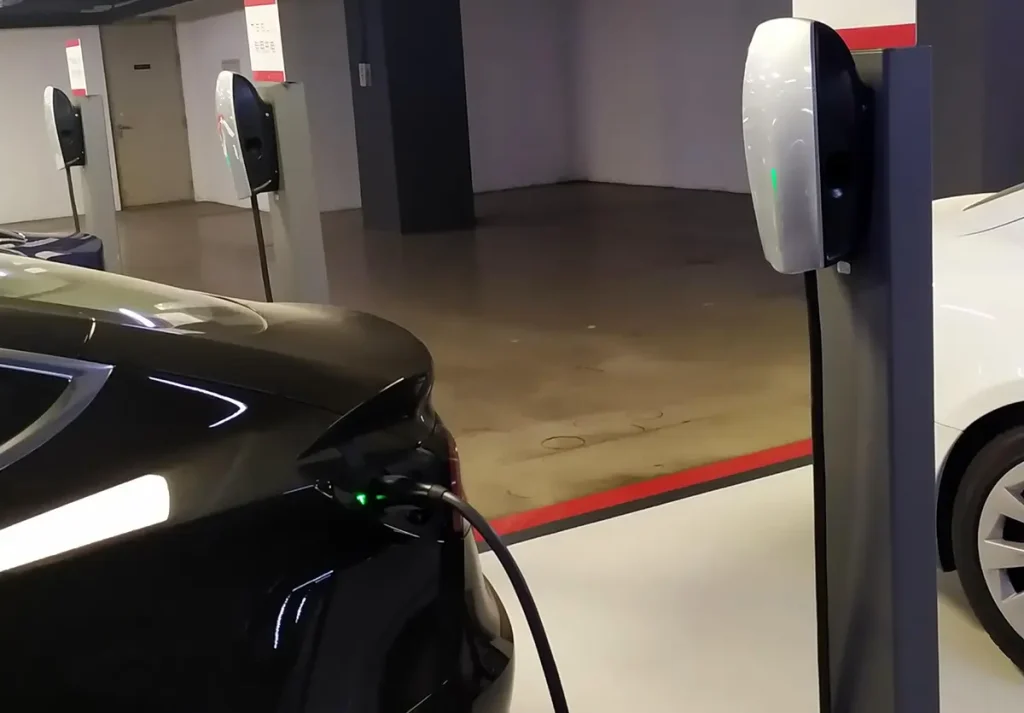
You might need it if…
● You have (or plan to have) two or more EVs.
● You have a smaller electrical panel (e.g., 100A or 125A) and you really want to avoid a costly 200A+ upgrade.
● You have other large electrical loads that compete for power, like a hot tub, an electric tankless water heater, or a heat pump.
4.2 Multi-Unit Dwellings (Apartments, Condos, Townhomes)
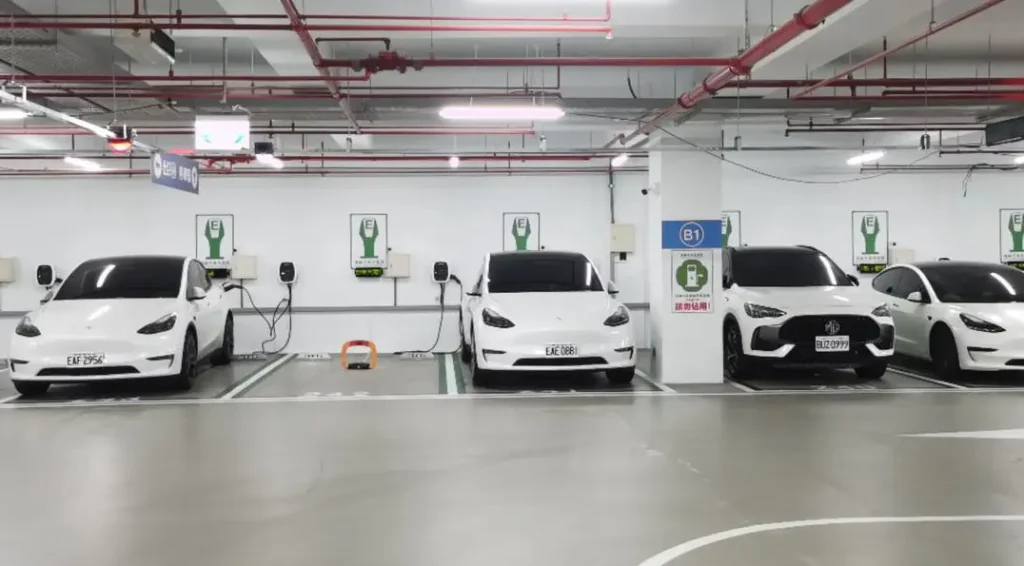
This is where DLB is essential. It’s financially and logistically impossible to give every single parking spot its own 50-amp dedicated circuit. The building’s service simply cannot handle it. DLB is the technology that allows a building to install 10, 50, or 200+ chargers that all intelligently share the building’s main service. It’s the only practical way to provide scalable, fair “right to charge” access for residents.
4.3 Commercial & Fleet Depots

For businesses, the concern is less about overloads and more about cost. Commercial properties often pay demand charges. A steep fee based on their highest 15-minute power peak during a billing cycle.
A fleet of EVs all plugging in at 5 PM when employees arrive could set a massive, costly peak for the entire month. DLB smooths this load. It can be programmed to slowly ramp up chargers or wait until the building’s load drops off-peak. This keeps the peak low, thereby saving the company, potentially, thousands of dollars every month.
5. In Closing
So, is load management worth it?
Well, for any installation beyond a single charger, we’d argue it’s no longer just worth it, it’s rapidly becoming standard practice.
LMS, and particularly its dynamic form (DLB), is the core enabling technology that makes widespread EV adoption possible in our existing homes and buildings.
It’s the difference between a smart, scalable, and efficient charging network and, frankly, a constant headache of tripped breakers and unhappy drivers. The choice, to our eyes, is pretty clear.
Frequently Asked Questions (FAQs)
What’s the real difference between Load Management and Load Balancing?
Think of Load Management (LMS) as the overall goal or system (like Traffic Control). Load Balancing (Dynamic or Static) is the method used to achieve that goal (like the smart traffic lights or a simple stop sign). People often use the terms interchangeably, but DLB is the specific, smart technology you probably want.
Can I add DLB to my existing EV charger?
Probably not. DLB requires compatible hardware and software. The charger itself must be smart and able to communicate (via Wi-Fi or a dedicated wire) with a master controller or a central meter. You typically have to buy a charger or system that is advertised as having DLB capabilities.
Do I really need a DLB for just one EV charger?
For a single charger, it’s usually not necessary. An electrician will just install that charger on its own dedicated circuit, and your main panel will (or should) have enough capacity for that one device. LMS is particularly for managing the shared load of multiple chargers.
How is a DLB system installed?
It’s a job for a qualified electrician. It involves installing the smart chargers and, most importantly, placing one or more Current Transformer (CT) clamps inside your main electrical panel to monitor the building’s total load. This is not a DIY project.
